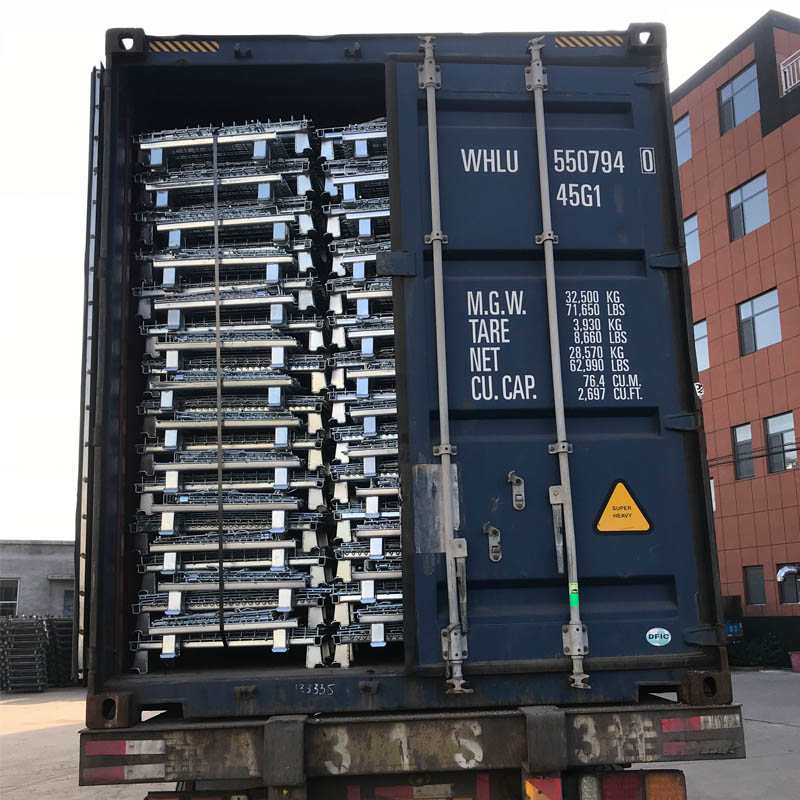
- Mobile Phone
- +8613931874955
- sales@cntcmetal.com
composite coil springs
Composite Coil Springs Revolutionizing Spring Technology
Composite coil springs have emerged as a significant innovation in the world of mechanical engineering and materials science. These springs, constructed from composite materials rather than traditional metals, offer a range of advantages that cater to the demands of modern engineering applications. This article explores the characteristics, benefits, and potential applications of composite coil springs, highlighting their role in advancing spring technology.
What are Composite Coil Springs?
Composite coil springs are designed using materials such as fiberglass, carbon fiber, or other polymer-based composites. These materials are known for their high strength-to-weight ratio, corrosion resistance, and flexibility, making them suitable for applications where traditional metal springs may fall short. The manufacturing process often involves advanced techniques such as winding, layering, and curing, which allow for precise control over the spring's properties.
Advantages of Composite Coil Springs
1. Lightweight One of the most significant benefits of composite coil springs is their lightweight nature. This characteristic is particularly advantageous in industries such as aerospace and automotive, where reducing weight can lead to improved fuel efficiency and performance.
2. Corrosion Resistance Composite materials inherently resist corrosion, which enhances the lifespan of the springs in harsh environments. This property is crucial for applications in marine or chemical industries, where metal springs could deteriorate over time.
3. Design Flexibility Composite coil springs can be engineered to meet specific load requirements and deflection characteristics. This flexibility in design enables engineers to create custom solutions tailored to the needs of various applications.
4. Damping Properties Composite materials often possess superior damping qualities compared to metals, which can help reduce vibrations and noise in sensitive applications. This feature is especially beneficial in automotive suspension systems, where ride comfort is a high priority.
5. Fatigue Resistance Many composite materials exhibit exceptional fatigue resistance, allowing the springs to maintain their performance over extended periods of use, thereby reducing the risk of failure and maintenance costs.
Applications of Composite Coil Springs
composite coil springs

Due to their unique properties, composite coil springs find applications across various sectors
- Aerospace In the aerospace industry, lightweight components are essential for enhancing fuel efficiency
. Composite coil springs are used in landing gear systems, providing the necessary support while minimizing weight.- Automotive Many modern vehicles utilize composite coil springs in their suspension systems, helping to improve handling and comfort. These springs can be designed to accommodate specific vehicle requirements, optimizing performance.
- Sports Equipment In the realm of sports, composite coil springs have found their way into equipment such as bicycles, where manufacturers look for ways to enhance performance without adding weight.
- Industrial Applications Composite coil springs are also employed in various industrial machinery and equipment, providing reliable operation while withstanding harsh conditions.
Challenges and Future Directions
Despite the numerous advantages, there are challenges associated with composite coil springs, including higher initial costs and the complexities of manufacturing. However, as technology advances and production processes become more refined, these challenges are expected to diminish.
Moreover, ongoing research into new composite materials and manufacturing techniques holds the promise of further enhancing the performance and reducing costs associated with composite coil springs. Collaborations between materials scientists and engineers will likely lead to innovative solutions that address the growing demand for lightweight, durable components in various industries.
Conclusion
Composite coil springs represent a notable advancement in spring technology, offering a blend of performance, durability, and lightweight characteristics that traditional metal springs cannot match. As industries continue to push for efficiency and performance, the adoption of composite coil springs is expected to increase, paving the way for more innovative designs and applications. With ongoing research and development in this field, the future of composite coil springs looks promising, embodying the spirit of innovation that drives engineering forward.
share:
-
Understanding Wall Ties: Types and ImportanceNewsApr.28,2025
-
Top Products for Your Yard and Signage NeedsNewsApr.28,2025
-
The World of SpringsNewsApr.28,2025
-
Masonry Accessories: Essential for Building Strong FoundationsNewsApr.28,2025
-
Fencing Solutions for Every NeedNewsApr.28,2025
-
A Comprehensive Guide to Iron Wire for Your Construction NeedsNewsApr.28,2025
-
The Versatility of Wire Tension SpringsNewsApr.16,2025



















